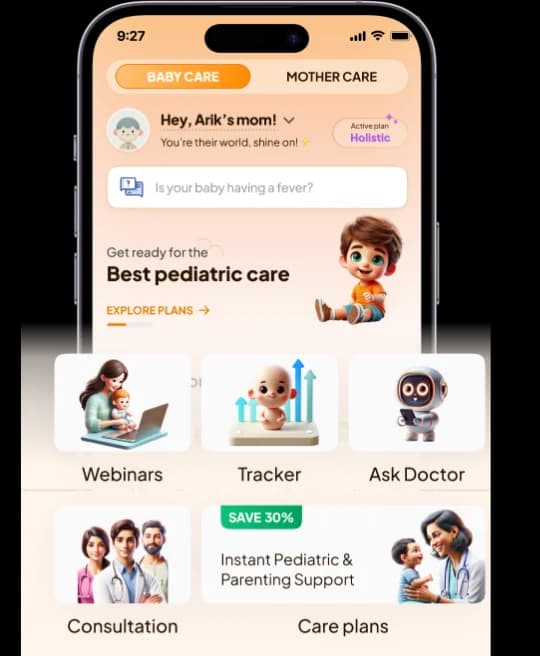
Coordination is an essential aspect of a child's motor development, enabling them to perform various tasks, including walking, running, and playing games. Children with motor coordination difficulties are often diagnosed with developmental coordination disorder (DCD), which can hinder their academic performance, socialization, and overall well-being.
In this blog, we will explore the causes and symptoms of coordination problems in children and suggest ways to improve their coordination.
What is Coordination?
Coordination is the ability to move smoothly and efficiently while performing tasks that require motor skills, such as walking, running, jumping, and playing sports. A child's ability to coordinate their movements can vary from one child to another, and some may be more coordinated than others. Children who struggle with coordination may appear clumsy or have difficulty with gross motor skills, such as running or jumping.
Typical Development
Children usually acquire gross motor skills in a particular sequence, and there are expected milestones for each age group. By the age of three, a child should be able to walk while swinging their arms and rotating their upper body. By four years old, a child should walk and run like an adult, and by five and a half years old, they should have developed a stable running pattern.
Conditions Comparable to Problems with Coordination
Some conditions that affect a child's visual or motor processing can lead to learning difficulties. These include:
- Autism spectrum disorder (ASD)
- Cerebral palsy
- Dyslexia/Specific Reading Disability (EDD)
- Dysgraphia
- Educationally Identified Disabilities
- Attention Deficit Hyperactivity Disorder (ADHD)
- Motor apraxia
- Motor planning difficulty
- Visual impairment
